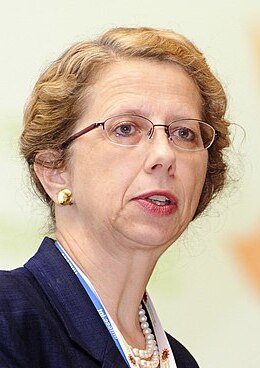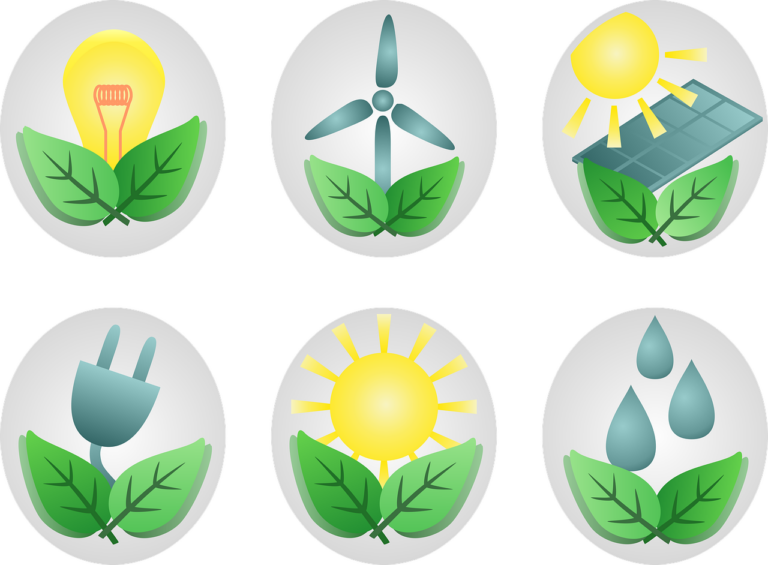
 By Inger Andersen*
By Inger Andersen*
The adoption of resolution on the right to a clean, healthy and sustainable environment by the UN Human Rights Council is a breakthrough moment for environmental justice. This right has been rooted in the 1972 Stockholm Declaration. Five decades later, it is greatly encouraging to see it formally recognized at the global level through a UN Human Rights Council resolution.
The decision, taken today in Geneva, is a shield for individuals and communities against a plethora of risks to their health and livelihoods. The recognition of the right to a healthy environment is a historic landmark in our ongoing work for social and environmental justice. It is a message to one billion children at extremely high risk of the impacts of a changed climate: a healthy environment is your right. No one can take away nature, clean air and water, or a stable climate from you. The UN Environment Programme considers this an important step in building the planet as a safe and fair home to all.
Also read:India abstained but world votes for healthy environment as human right
UNEP commends the relentless advoc e right to a healthy environment, supported by over 13,000 civil society organizations and indigenous peoples’ groups, more than 90,000 children from around the world, the Global Alliance of National Human Rights Institutions, and by private sector stakeholders. Thank you for contributing to the momentum that made this day possible.
The resolution emphasizes “the rights to life, liberty and security of human rights defenders working in environmental matters, referred to as environmental human rights defenders.”
Physical attacks, detentions, arrests, legal action and smear campaigns are the daily realities of citizen groups, indigenous peoples and others. Over 200 environmental defenders were murdered in 2020 alone. In the coming months, UNEP will deepen its commitment to protecting and promoting environmental human rights defenders and civic space.
We expect this resolution to embolden governments, legislators, courts, and citizen groups in pursuing substantial elements of the Common Agenda for renewed solidarity, presented last month by the UN Secretary-General, as well as the 2020 Call to Action on Human Rights. Let no one be left behind, as we forge a healthier planet with less conflict and more space for youth to be heard. It is they who inherit this earth as we face a multitude of complex challenges that can only be addressed through a rights-based and multilateral approach.
We encourage Member States to consider a similar resolution at the General Assembly.
* Executive Director of the United Nations Environment Programme





